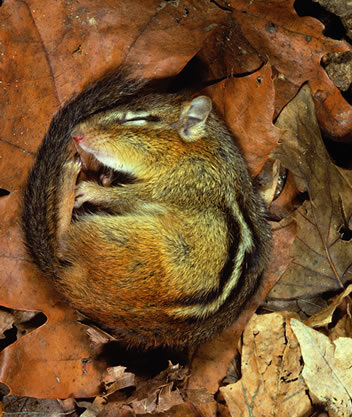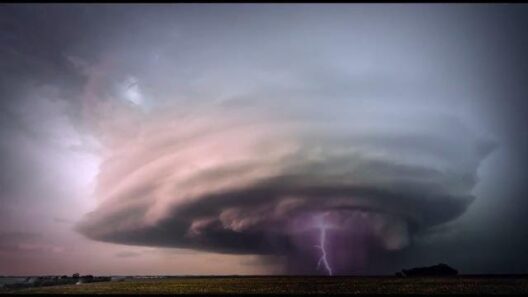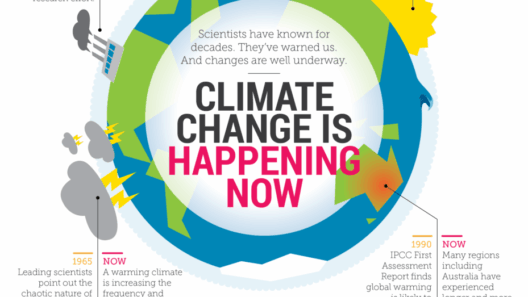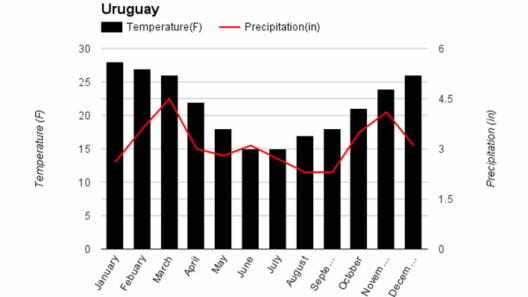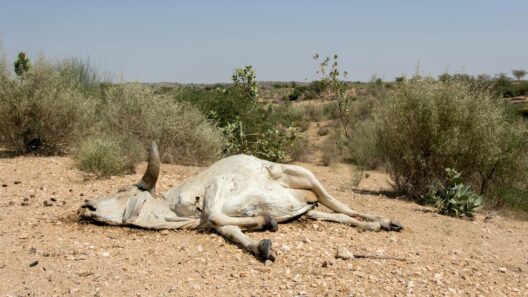The climate in the Northeastern United States is a tapestry woven from distinct seasonal threads, each contributing to the region’s unique ecological and cultural identity. Characterized by its four distinct seasons—crisp winters, blooming springs, warm summers, and vibrant autumns—the Northeast offers a kaleidoscope of climatic experiences that invigorate the senses and inspire curiosity about nature’s rhythms.
As winter unfurls its icy tendrils across the Northeast, the region transforms into a veritable winter wonderland. Snow blankets the landscape, creating a serene yet dynamic environment. From the frosty peaks of the Appalachian Mountains to the coastal shores of Maine, winter temperatures can plunge, typically ranging from the high teens to the low thirties in Fahrenheit. The proximity to vast bodies of water, such as the Atlantic Ocean, influences these conditions, often leading to significant snowfall in some areas while providing milder weather along coastal regions.
The winter season is not merely a backdrop for cold and snow; it is an essential component of the ecological balance. The snow cover acts as an insulating layer for hibernating wildlife, preserving vital moisture in the soil when it melts. Moreover, this season brings with it opportunities for winter sports enthusiasts, who flock to ski resorts and ice-fishing locales. The allure of snowy landscapes invites contemplation about climate resilience and the changing patterns that impact snow duration and quality, a topic of increasing importance as global temperatures rise.
As the grip of winter begins to loosen, the Northeast gracefully transitions into spring. This metamorphosis is often heralded by the emergence of crocuses and daffodils, defiantly breaking through the remnants of snow. In many areas, the temperatures begin to ascend, generally falling between the forties and sixties Fahrenheit. This period of rejuvenation is not only a feast for the eyes; it is a critical time for ecological rebirth as animal species emerge from dormancy and plants resume their growth cycles.
Springtime in the Northeast is also marked by a symphony of sounds—the return of migratory birds, the buzz of insects, and the rustle of new leaves. This sensory awakening beckons attention towards the interconnectedness of life, demonstrating how seasonal shifts can influence biodiversity. However, the implications of climate change can subtly alter these patterns, leading to discrepancies in migration timings and blossom seasons. Such changes prompt urgent inquiry into the effects of temperature fluctuations and unpredictable weather on the natural world.
Then, as spring melds into summer, the Northeast dons its warm-weather attire. Average temperatures perceptibly soar, oscillating between the seventies and nineties Fahrenheit. This season is characterized by its lush greenery, sun-drenched days, and occasional thunderstorms that provide momentary relief from the heat. The sultry humidity can create a palpable thickness in the air, especially in urban areas, prompting discussions about the urban heat island effect and its consequences for city planning.
Summer also serves as the backdrop for a myriad of outdoor activities. From hiking in the White Mountains of New Hampshire to lounging on the beaches of New Jersey, residents and visitors alike engage with the natural world in diverse ways. Festivals celebrating the bounty of local harvests proliferate during this time, fostering a connection between community, agriculture, and sustainability. The dependence on climate for agriculture highlights vulnerabilities and triumphs that shape local economies, prompting reflections on the importance of sustainable practices.
As summer’s heat begins to wane, the Northeast transitions into one of its most admired seasons: autumn. With a kaleidoscope of colors, the foliage transforms into a breathtaking display of reds, oranges, and yellows, attracting leaf-peepers from far and wide. Temperatures cool to the fifties and sixties, providing a refreshing respite from summer’s swelter. This seasonal metamorphosis doesn’t just signify aesthetic pleasure; it also represents a period of preparation for the inevitable winter ahead. Wildlife begin their preparations—squirrels gather acorns, and some birds migrate southward.
The climatic variability of the Northeast is further illustrated through the impact of climate change. While each season enchants with its distinctive qualities, the ramifications of global warming loom large. Shifts in seasonal patterns root themselves into the very fabric of this region’s climate, impacting agriculture, wildlife migration, and even winter sports. Increased frequency of extreme weather events, flooding, and drought are becoming more prevalent, raising questions about long-term sustainability and adaptation strategies.
What is particularly intriguing is how climate change offers a dual narrative—one of opportunity and challenge. Technological advancements in monitoring weather patterns and ecological studies provide a compelling promise for informed decision-making. However, navigating this complexity calls for a collective consciousness that embraces eco-centric community values. As the Northeast stands at the crossroads of climate discourse, the lessons learned from seasonal shifts may guide a future where ecological stewardship and urban planning align harmoniously.
In conclusion, the climate of the Northeast intricately dances between the seasons, each defined by its own moods and rhythms. From the snowy charm of winter to the golden splendor of autumn, this region’s climate captivates the imagination and demands our attention with its ever-evolving narratives. As we become more cognizant of these climatic patterns and their broader implications, the call to action becomes clear: we must engage in meaningful discourse around climate resilience and sustainability. Understanding the past and present can illuminate pathways for a vibrant, balanced future, ensuring that the lush landscapes and community bonds of the Northeast endure for generations to come.



